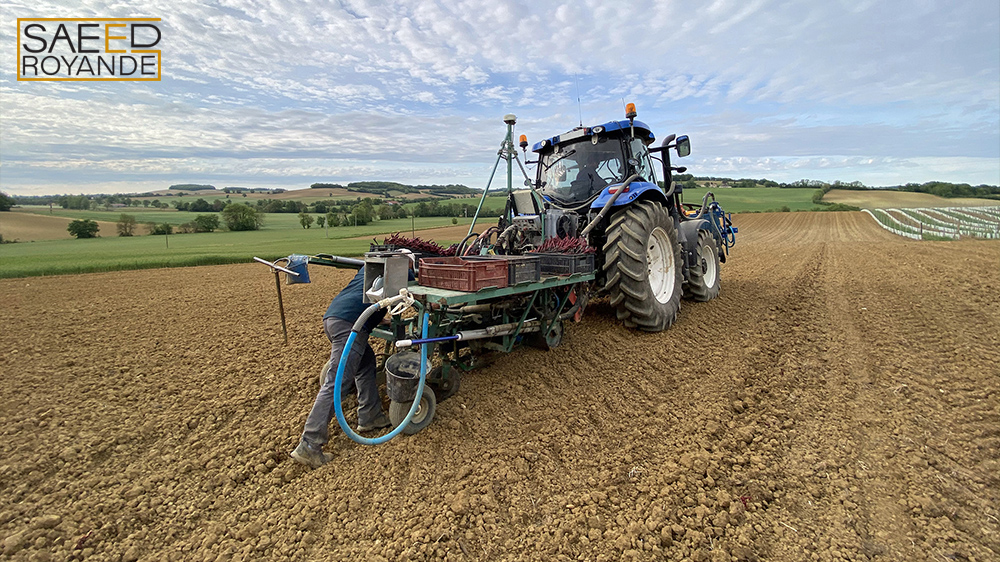Both rural and urban areas require and make use of financial services, but rural populations, particularly small-scale farmers and agribusinesses, face unique obstacles. Savings, loans, insurance, remittances, and risk management tools are just some of the many financial instruments that fall under the umbrella of “rural and urban finance,” all of which can aid in the development of rural communities by increasing their standard of living, productivity, and resilience in the face of adversity. The provision of and access to financial services in both rural and urban areas needs the establishment of financial institutions, infrastructure, rules, and regulations.
The importance of rural finance for poverty reduction and food security
Most of the world’s impoverished and hungry can be found in the countryside, making rural financing crucial to eradicating poverty and ensuring adequate food supplies there. Here are some key components of rural finance:
- Access to financial services that can improve rural people’s livelihoods, boost their production, and help them weather unexpected events is a key component of rural finance that can help alleviate poverty and hunger.
- Most of the rural poor rely on income and employment from the agricultural sector, which can be bolstered through rural finance.
- The ability of rural households to grow, store, process, and market food; to diversify their income sources and lessen their exposure to food price changes; and so on are all bolstered by access to rural finance, which in turn increases food security.
- Sustainable development goals (SDGs) (End poverty in all its forms worldwide) and, (End hunger, ensure food security improve nutrition, and promote sustainable agriculture) can benefit from rural finance.

Farmers working at pumpkin farm
The challenges and opportunities of rural finance in a changing global context
There are various obstacles in the way of rural finance being able to reach and serve rural communities, including a lack of infrastructure, inadequate financial service provider capacity, inadequate client education, high transaction costs, and restrictive regulations.
Global variables, such as financial crises, fluctuating food and agricultural commodity prices, climate change, technological innovation, and geopolitical complexity, also affect rural financing. Global dynamics, such as digitalization and automation, present opportunities for rural finance that can increase the effectiveness, reach, and diversity of financial services. Remittances are a significant source of income for many rural households, and rural finance can help to capitalize on this fact to provide access to financial services and products for these people. Poverty alleviation, food security, and environmental sustainability are just a few of the worldwide issues that rural finance can help address.

Farmer and tractor for planting grape
The role of IFAD and OECD in promoting inclusive and sustainable rural finance
When it comes to advancing inclusive and long-term rural finance, IFAD and the OECD are two of the most influential international institutions. To alleviate poverty, increase food security, improve nutrition, and strengthen resilience, IFAD, a United Nations specialized agency, invests in rural populations. The International Fund for Agricultural Development (IFAD) promotes the use of savings, loans, insurance, remittances, and risk management instruments among rural residents. In addition to advocating for financial inclusion with regulators, funders, and private sector partners, IFAD takes part in policy conversations on the topic. The Organization for Economic Cooperation and Development (OECD) is an international group that encourages states to work together to address global issues. The OECD investigates and analyzes many facets of rural finance, including but not limited to financial education, consumer protection, digitalization, and the management of agricultural risks. The OECD works to enhance rural finance by creating standards and guidance for policymakers and practitioners. Several programs, such as the Global Partnership for Financial Inclusion (GPFI), the Platform for Agricultural Risk Management (PARM), and the Global Forum on Agriculture (GFA), are examples of IFAD and OECD’s joint efforts to advance the goal of inclusive and sustainable rural finance.

Farmers on the apiary
The innovations and best practices in rural finance
The introduction of new technologies and best practices that can address the many demands and challenges of rural people, particularly small-scale farmers, and agribusinesses, is causing a sea change in rural finance. Microfinance, microelectronics, and agricultural risk management are only a few examples of such breakthroughs and best practices. The efficiency, reach, and variety of rural financial services can all be enhanced by the use of digital technologies such as mobile phones, internet, blockchain, and artificial intelligence. They can also make it easier and cheaper for people in rural areas to gain access to resources like information, inputs, marketplaces, and education. To lessen the impact of climate change, price volatility, pests, and illnesses, rural communities can adopt agricultural risk management tools like insurance, index-based products, and weather forecasting. They can also inspire those in rural areas to put their money into enterprises that will yield positive returns helping new entrepreneurs. Rural residents can gain access to affordable, client-centered financial services through microfinance initiatives like savings groups, cooperatives, and microcredit. They can also help those living in rural areas develop greater independence and an entrepreneurial spirit. A more equitable and sustainable rural economy may be possible with the help of these innovations and best practices in rural finance.

Farmer and his flock on a cattle farm
The prospects and recommendations for rural finance development
Keeping up with the ever-evolving wants and demands of rural residents is a challenge for those working in rural financial development. Enhancing financial inclusion, bolstering financial resilience, and boosting financial education are some of the recommendations and prospects for rural finance development. For rural residents, especially the poor, women, youth, and marginalized groups, increasing financial inclusion entails increasing access and use of a variety of inexpensive, suitable, and high-quality financial services. The development and variety of financial service providers, the use of digital technologies and platforms, and the promotion of links between formal and informal financial systems are all ways to accomplish this goal. When people in rural areas are financially resilient, they are better able to deal with and recover from the risks and shocks that threaten their way of life, such as climate change, price volatility, health emergencies, and armed conflicts. This can be done by improving social protection systems and safety nets for rural people, as well as by developing and scaling up novel risk management instruments like insurance, index-based products, and weather forecasts. Promoting financial education includes helping rural residents increase their knowledge and skills in handling money so that they can better meet their own personal and community goals.


